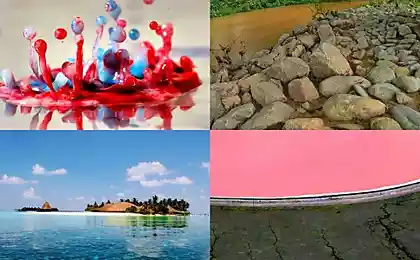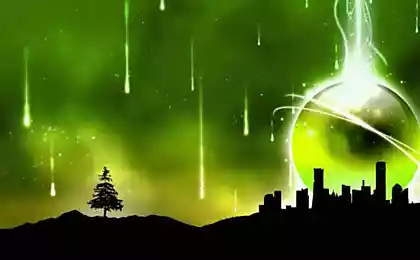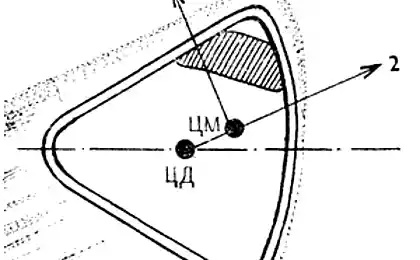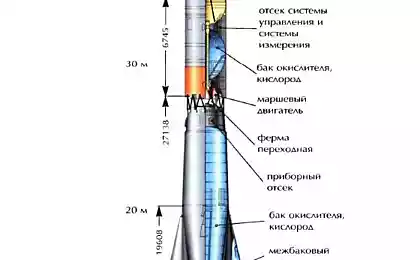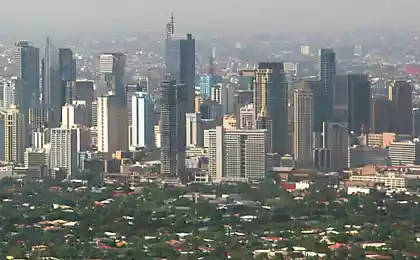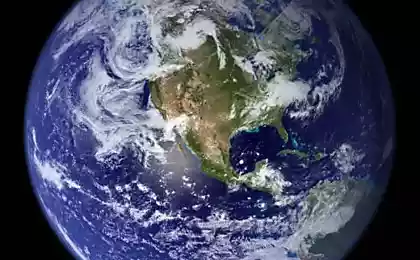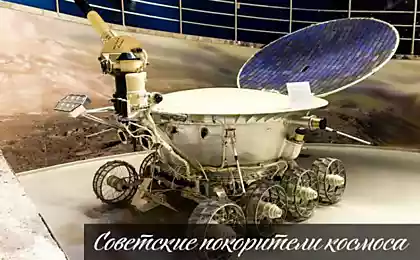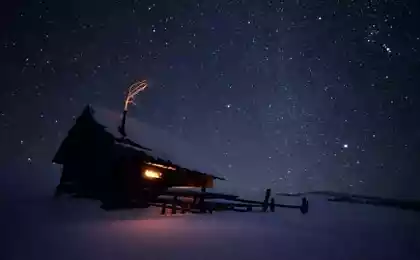1006
On the blue planet are glass showers

Astronomers for the first time in history able to identify the true color of extrasolar planets orbiting other stars. This planet, which received the astronomical designation HD189733b, dyed in bright blue color, may be the result of the presence of silicates, in its atmosphere. Details of the discoveries made using the space telescope "Hubble", to publish in the journal Astrophysical Journal Letters. The planet is a gas giant HD189733b, larger than Jupiter. It revolves in an elliptical orbit around its zvezdy.

Rains glass surface temperature of the planet would reach 1000 degrees Celsius, in the atmosphere have to go rain of glass, and the wind speed can be up to 7000 km / h. In 2007, using data from the telescope "Hubble", the researchers found that there HD189733b misty atmosphere, providing optical effects such as sunrise and sunset. When a planet is between us and the star, its atmosphere takes on a reddish ottenok.

This is due to the haze in the atmosphere. What exactly constitutes the fog is not precisely known, but, according to preliminary estimates, it should be a tiny dust particles (diameter less than one thousandth of a millimeter) - particles of iron, silicates, alumina. This planetary system is located 63 light-years from Earth and is one of the closest to us. It has already been well studied terrestrial and orbital telescopes, but now astronomers were able to determine how the planet looks like in the optical range. "The definition of the color it is a real achievement - we can now imagine what it looks like the planet, if we could get to this system," - said Professor Frederic Pont, an astronomer at the University Ekzetera.

Not like Earth Scientists have found that during the passage of a planet across the disk decreases the brightness of the stars of the entire system in that part of the spectrum, which corresponds to the blue color seems. "Based on these observations, we can say that the planet looks blue because the signals from other parts of the spectrum remained unchanged," - said one of the authors of the publication of Tom Evans of Oxford universiteta.

Earth as viewed from orbit planet looks blue because of the water in the local atmosphere absorbs red and green light waves stronger than the blue. The blue color of exoplanets has another explanation - it is not the cause of the presence of water on the planet, and that in its atmosphere rather silicates, ie minerals, containing silicon and reflecting blue. The planet belongs to a class of so-called hot Jupiters - gas giants located very close to the central star system. HD189733b rotation period around the star is less than 2, 5 days. Probably, the rotation of the planet is synchronized with its orbital motion - a planet always faces the star of one side.
Source: www.bbc.co.uk/ukrainian/mobile/ukraine_in_russian/2013/07/130712_ru_s_exoplanet_rain.shtml


